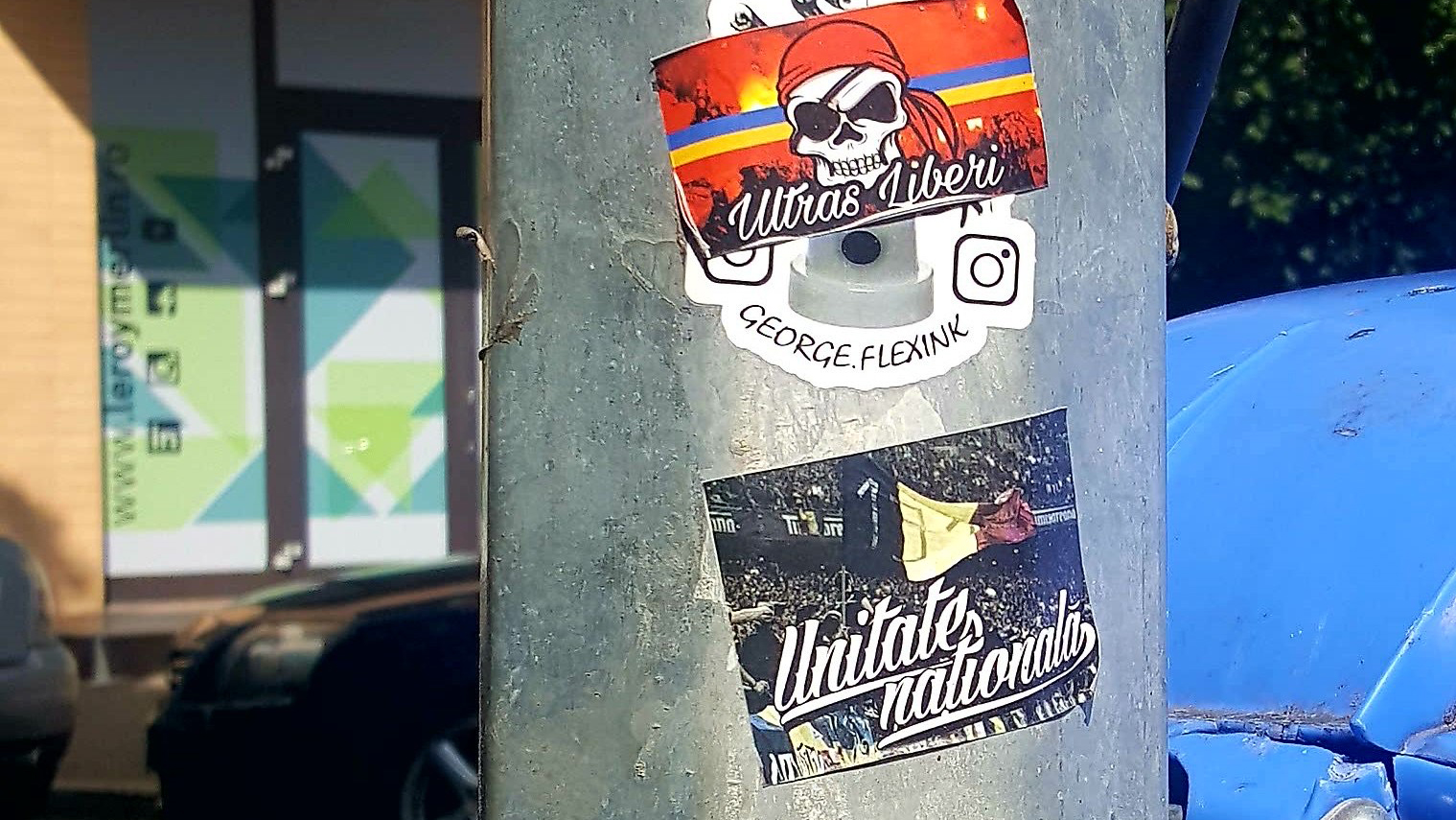This article is summarising the conclusions of a research conducted over the Romanian mainstream and social media, seeking to identify the presence of secessionist and revisionist narratives, what are the conditions facilitating their presence, and who are the actors benefiting. The research was part of the project Revealing Russian disinformation networks and active measures fuelling secessionism and border revisionism in the CEE, conducted under the supervision of Political Capital, Budapest
Disinformation about Romanian-Hungarian relations as presented in Romanian mainstream and social media is primarily an illustration of home-grown mistrust between two communities lacking proper dialogue and knowledge of each other, a mistrust that, in addition, was historically cultivated as an instrument of manipulation during the decades of communism. External interference merely amplifies domestic content and provides every now and then the additional spin that serves the interests of – most often – Russia.
Given the highly negative track-record of relations between Bucharest and Moscow, the population on the whole tends to be quite resilient in front of openly promoted pro-Russian narratives (interaction rates with Russian media outlets such as sputnik.md or RT also remain low); however, Russian-backed local actors or ‘useful idiots’ whose agendas largely overlap with the Kremlin’s and who embrace similar rhetoric can be quite successful in their presentation of Romanian-Hungarian relations as irreconcilable. These also feed the Russian efforts to present Romania as a hypocrite, revisionist and interventionist state, aiming to reunite with the Republic of Moldova, and permanently interfering in Moldovan politics for that purpose – which is most often the focus of Russian propaganda. Only in isolated cases (such as a relatively recent interethnic incident in the Uz Valley over a war cemetery) are there signs of coordination between Russian outlets and the internal groups that are behind the flare in Romanian-Hungarian tensions.
Thus, the most frequent producers (and at the same time beneficiaries) of disinformation about Romanian-Hungarian relations are the (multiplying) far-right, nationalist, anti-liberal groups; political actors do jump on board when they identify an opportunity to harness interethnic tensions to collect votes, but generally refrain from translating inflammatory rhetoric into political action. Until recently, the theme mostly featured in the discourse of the more populistic Social-Democrats (absent any major far-right or otherwise radical political party in Romania, the PSD has tried to appeal to this particular electorate as well). Paradoxically, liberal and German ethnic president Klaus Iohannis tried to use the same language to recapture some of this audience not long ago, by playing on the requests for enhanced autonomy advanced by the Hungarian minority – but with mixed results, as he got a lot of negative fallout from some of his own core electorate.
In a sample of articles covering relevant events (Romania’s anniversary of its 1918 Great Unification, i.e. the reintegration of territories once part of the Austro-Hungarian Empire; the above-mentioned inter-ethnic incident in Uz Valley followed by a row of rather undiplomatic exchanges) and containing key words signaling potential inflammatory content, less than half of the articles were in fact presenting positions against Hungary /the Hungarian minority in Romania. The general number of press articles containing unequivocal chauvinistic/ xenophobic assertions is rather low in Romanian media – which should not be mistaken, however, for the absence of such attitudes in the collective mindset.
The mutual social and cultural disconnect between the Romanian and Hungarian minorities are, on the one hand, the result of short-sighted government policies on both sides, which have generated socio-economic cleavages and inequality, and on the other side of occasionally deliberate attempts by both Bucharest and Budapest to maintain control over their respective communities in Transylvania and be able to use the rhetoric of secessionism when that served their interests. With the population in the rest of the country being rather ignorant of local realities in the counties with a sizeable Hungarian populations, perceptions were largely formed by government or political communication and the media. This has led to historically-based stereotypes, shaped both in the past (by the socialist regime) and at the present time (by nationalists and populists), whereby a common Romanian identity and the feeling of national solidarity are largely shaped by the rallying call to unity against a plethora of external enemies that have forever coveted Romanian territories – Hungary among them, also through its ‘internal agents’: Hungarian ethnics living in Romania. Calls for secession from the Hungarian minority and the interference of Budapest-backed elements in stirring local tensions have provided the element of truth that has strengthened the credibility of such narratives.
Looking at the discourse around Romanian’s Centennial anniversary and that of the Treaty of Trianon (2018), one can easily note that most disinformation/ misinformation revolved around the nationalistic, ethno-centrist narratives exaggerating the unique role that the Romanian population have played in achieving the Great Unification and romanticising the events surrounding it. This amounts, as described, to the creation (or continuation) of an alternative national history meant to use rather widely-shared feelings of victimisation to generate commonality of identity and purpose: ‘The Great Unification was made by the Romanian people. The help received during the process was not crucial or decisive’, ‘there are external, and internal occult forces acting to diminish/deny the importance of the 1918 Great Unification’, ‘reunification between Romania and the Republic of Moldova is of the greatest importance’, ‘Russia is aggressively promoting its policy of maintaining its sphere of influence/vassal states’, ‘there are important resentments among the European states (especially those who were on the losing side of the WWI) towards Romania’s Great Unification’.
These are further facilitated by the rise of nationalism, nativism and the irresponsibility of political discourse, whose populist tones cater to these audiences. Such topics are picked up by mainstream media – including those that overestimate the role that Romania played in WWI and the Great Unification, or calls for reunification with the Republic of Moldova, a kind of ‘border revisionism’, which continues to be seen by a significant part of the population as acceptable and thus forces politicians to at least not oppose it openly (thus adding more fuel to the fire and feeding the Russian messaging about Romanian revisionism).
More fringe nationalist media will also distribute a set of narratives about Hungary’s alleged subversive behaviour, its hidden agenda in dividing Romania by supporting the secession of the Hungarian majority Szekler Land, and generally its actions as a regional disruptor. Among these, ‘Hungary is supporting territorial revisionism in Szekler Land’, ‘Hungary has a hidden, historical plan to annex the territories it has lost as a consequence of the Trianon Treaty’, ‘Hungary is a vile state predisposed to mingling in Romania’s internal affairs’, ‘the ethnic Hungarian population in Transylvania (and their political representatives) are hostile to the Romanian population’, ‘Romania holds military superiority over Hungary’. These fringe media republish one another intensively and fuel an ecosystem gathering anti-liberal, orthodox groups together with far-right and xenophobic ones. The vocabulary used in promoting the narratives in this set is usually xenophobic and chauvinistic.
In a context where fringe social and online media increasingly influence mainstream media and radical political positions often push the agenda of centrist parties more to the extremes, dialogue on thorny issues like Romanian – Hungarian relations, in a formal and considerate setting, as well as measures directed at reduction of inequalities among target populations are of paramount importance in helping bridge communities, while ensuring a healthy information space is also a key factor. And as the problem is not located only at a political level (which rather opportunistically uses its pre-existence and helps perpetuate the situation), civil society organisations have an essential role to play in addressing these issues at grassroots level.





